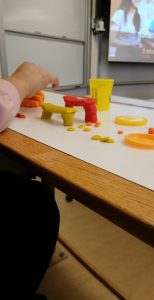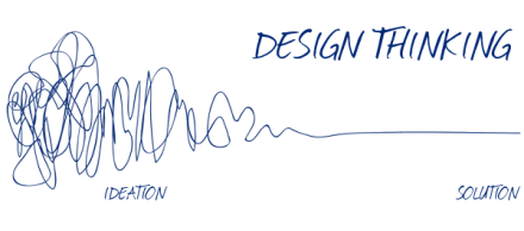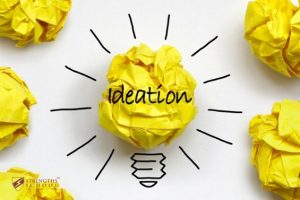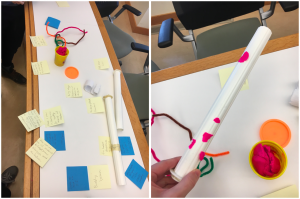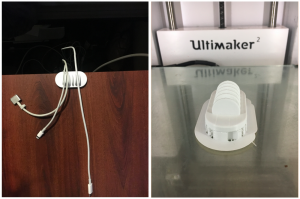This week, the required reading titled “Design Thinking” by Tim Brown addressed how businesses are requiring innovative thought processes in order to stay at the forefront of its competitors. A firm that specializes and is often used by companies to acquire innovations is IDEO. IDEO is a global design and innovation company that hopes to create a positive impact through design.
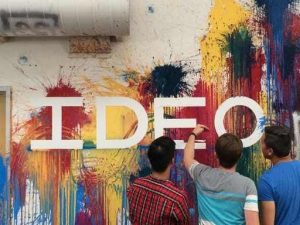
IDEO is so innovative because they do not have a standard way of creating solutions…
Design for America
To get a better understanding of design thinking, we had workshop from the University’s Design for America team. The team consisted of a diverse group with different majors and different ages. We were tasked to create a product for a visually impaired university student who wanted to feel more connected to her peers and attend social events held by the university. In order to to create a product, we had to go through a design process. The first stage was to understand our consumer, then create the product.
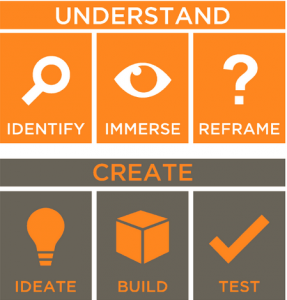
This design thinking was foreign to me, and I found it challenging not to create a product after hearing the problem from our “client”. But, DFA’s process allowed for a much better understanding of our client and to dive deep into their world and struggles.
Create /Prototyping
Our team brainstormed and wrote out potential solutions on sticky notes until we were ready to create. We focused on making football stadiums more of a friendly environment for the the visually impaired and decided to add brail all around the sports arena. It doesn’t sound that innovative, yet it has not been done. One thing that the DFA’s team kept reminding us was that if helped at least a few people, then that was good enough. So, we stuck with our brailed railing at the sport arena since we figured it could be easily implemented around the facility and braille could be added to the existing railing for a tactile experience.
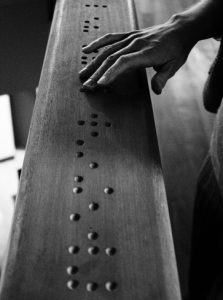
Readings
Fascinated by IDEO, I looked more into the firm and its current projects centered on design thinking. Recently, the challenge they faced was to expand Zalando’s human-centered design capability. The outcome was “The Studio”, a jointly run innovation lab that prototypes and builds digital products.
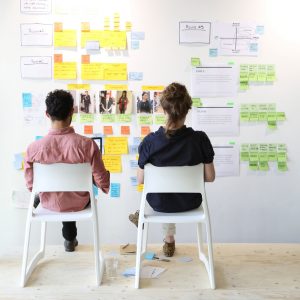
Thank you for reading my blog and I hoped you learned something! See you next week!


